What Are Defects in Painting?
Important Point
Painting is one of the important finishing works used in structural constructions in Civil Engineering. Painting creates a coat-like formation that prevents attacks from various atmospheric factors like cold, heat, frost, rainfall, etc. But there are also some defects which are found in painting, those defects are-
Types of Defects in Painting
Types of Defects in Painting are as follows.
- Fading.
- Peeling and Blistering.
- Running.
- Grinning.
- Sagging.
- Chalking.
- Flaking.
- Blooming.
- Brush Marks.
- Drying not proper.
- Efflorescence.
- Low Coverage.
- Wrinkling.
- Flashing.
- Alligatoring.
- Mildew.
- Patchiness.
- Loss of Gloss.
1. Fading-
In painting work, fading is the common type of defect which causes discoloration on the paint. Rain, sunlight, frost, etc are the main causes of fading effect in painting.
In technical terms, fading is a process where that paint loses one or more colour pigments. After a long time the paint starts losing pigments by the effect of the continuous sun exposure and harsh atmospheric condition.
Causes of Fading:
- Ultraviolet radiation, sunlight, and infrared radiations are one of the most important causes of fading.
- Coastal and harsh environments are the cause of fading.
- Temperature variations are the cause of fading.
- Inadequate film thickness and use of dark colour are the cause of fading.
- Using low-quality paint is also a cause of the fading defect.
2. Peeling and Blistering-
Peeling and blistering are the types of effects where the cause of that effect is swelling of that film. Due to moisture, oil, and grease the bubbles are formed in the film of the paint, this is the actual cause of this effect.
Swelling is happened due to excessive use of oil material on the final coat and inappropriate seasoning of timber.
Causes of Peeling and Blistering:
- High humidity and excessive moisture are the cause of Peeling and blistering.
- Lack of surface preparation and excessive layers of paint is one of the main causes of this defect.
- Poor quality paint, high temperature, and long exposure of sunlight are another causes of peeling and blistering.
- Inappropriate application techniques also cause peeling and blistering defects.
3. Running-
When the surface of the paint is too smooth then the running paint defects occur. In this type of defect, due to excessive smoothness of paint sometimes it turns back to an uncovered position of the surface.
Causes of Running:
- Low viscosity is the main cause of the running defect.
- Excessive glossy surface is another cause of running.
- Irregular spray action and too wet paint are also the causes of running defect.
4. Grinning-
When the required thickness of the paint is not provided then the backgrounds become visible, this action is termed as grinning defect.
Another type is the opacity of the final coat paint is the cause of the grinning defect.
Causes of Grinning:
- Insufficient volume of the paint is the cause of the grinning effect.
- Inadequate thickness of the final coat is another cause.
- Low opacity of paint and uses of strong colour in lower coats are causes of grinning defect.
5. Sagging-
When a thick layer of paint is applied on a vertical or inclined surface then the layer is a gown downwards. This defect is called sagging.
Causes of Sagging:
- Poor workmanship and the excessive thickness of the paint coat are the causes of sagging.
- Inappropriate spraying techniques and low viscosity are the causes of the sagging defect.
6. Chalking-
In this type of defect, the material is converted into powder forms. The main cause of this effect is insufficient to use of oil material.
Causes of Chalking:
- Long exposure to sunlight and ultraviolet radiation is the main cause of the chalking effect.
- Lower quality also causes for chalking.
- Right use of thickness and alternate variation of weather is another main reason of chalking defect.
7. Flaking-
In general, flaking is the defect where the paint de touches from the ground surface. This is mainly happening where the paints are not attached to the surface properly.
The weaker bond between the surface and the film of paint is the main reason of flaking.
Causes of Flaking:
- If you do not clean the surface properly then flaking defects happen.
- Poor adhesion of paint is the cause of flaking.
- Tendency of holding moisture is also the reason of flaking defects.
8. Blooming-
Formation of dull patches on the surface is termed blooming. It creates a whitish patch on the whole surface of the paint.
After consolidation, water is collected from the body, nut that time some materials are started to go from the paint to water, that effect causes the white patch on the paint.
Poor quality of paint and improper ventilation is the main cause of blooming defect.
Causes of Blooming:
- Excess humidity level is the main cause of blooming.
- Using fat thinner materials is also a main cause of blooming defect.
- Poor workmanship and high air pressure is another cause of blooming.
- Poor ventilation and the use of low-quality paint are also the major causes of blooming defects.
Also, Read: What Is Painting | Painting Area Calculation for Evan Surface & Uneven Surface |How Much Paint Do I Need
9. Brush Marks-
Paint Brush marks is usually visible on the final coat. When the paint is applied on the surface with a brush, sometimes bristle marks appear. These bristle marks are deep and permanent on the painted surface.
Causes of Brush Marks:
- If you have the proper paint and tools, one of the key causes of brush marks is the paint dries too fast, before it has time to flatten out.
- Painting in excessive heat speeds drying and amplifies the possibility of brush marks. Next, the paint must not be too thick.
10. Drying Not Proper-
If paint remains soft, tacky or even wet for a long time, possible causes are application in unsuitable conditions, e.g. poor ventilation, low temperature, excessive humidity, chemical pollution or application to surfaces on which there is grease, oil, wax polish or similar contaminant.
Causes of Drying Not Prope:
- This problem happens when doing an improper preparation, using a low-quality primer or no primer at all, using latex paints, applying a second coat too soon, painting when there is a lot of humidity, cold weather, or poor ventilation.
11. Efflorescence-
Efflorescence” is the term most commonly used to describe the deposit of crusty white mineral salts that appear on a masonry surface (concrete, render, brick or mortar) that have leached out from within the substrate when moisture migrates through it.
Causes of Efflorescence:
- Efflorescence is caused by moisture ingress.
- This then reacts with carbon dioxide in the air to form insoluble calcium carbonate.
- As the moisture enters and moves through the wall or floor, it dissolves mineral salts present in the cement.
12. Low Coverage-
If the paint doesn’t have good coverage, it’s a baffling experience. Conceal your wall with high-quality paint and cure common mistakes.
Causes of Low Coverage:
- Paint applied too thick or too wet to a vertical surface and the force of gravity overcomes the forces resisting the downward flow of paint (viscosity).
- Temperature too low to enable proper solvent evaporation (solvent born paint), or humidity too high (waterborne paint).
13. Wrinkling-
Paint wrinkling is a rough, crinkled paint surface, which occurs when uncured paint forms a “skin”.
Causes of Wrinkling:
- Applying paint too thickly (this is more likely when using alkyd or oil-based paints)
- Painting during extremely hot weather or cool damp weather, which causes the paint film to dry faster on top than underneath.
- Exposing uncured paint to high humidity levels.
14. Flashing-
Flashing is when light reflects against a freshly painted surface to create a shimmering “flashing” effect.
Causes of Flashing:
- A drywall patch wasn’t textured to match the rest of the wall.
- A quality primer wasn’t used first over freshly applied or textured drywall.
15. Alligatoring-
Alligatoring paint is paint that has cracked in a pattern that resembles an alligator’s scales. When a top coat of paint is applied over an undercoat that is not completely dry. when a rigid substance, such as alkyd enamel, has been applied over something more flexible, such as a latex primer.
Causes of Alligatoring:
- When a top coat of paint is applied over an undercoat that is not completely dry.
- When a rigid substance, such as alkyd enamel, has been applied over something more flexible, such as a latex primer.
16. Mildew-
Mildew is a fungus (mold) that grows on many exterior painted surfaces, as well as on interior bathroom walls and other humid or poorly ventilated interior areas. If not corrected, mildew will continue eating the existing paint away, causing eventual paint failure in the affected areas.
Causes of Mildew:
Porous latex (water-base) paints without a mildewcide applied over a primer coat with linseed oil will develop severe mildew in warm, damp climates.
Mildewcides are poisons for mildew fungi. The paint label should indicate if a mildewcide is present in the paint.
17. Patchiness-
Patchiness is when the paint does not present a uniform colour and smooth appearance. The thickness and intensity of the film varies in different portions of the wall.
Causes of Patchiness:
- Not enough paint applied or paint is applied unevenly, causing inconsistency in the film build and appearance.
- The topcoat is applied over spot-puttied surfaces.
- Painting over a highly alkaline surface, which is usually evident in new walls.
- The putty is not fully dry.
18. Loss of Gloss-
A gradual loss of gloss is to be expected as a finish age. Early loss of gloss may be caused by applying paint or varnish in unsuitable conditions, e.g. low temperature or high humidity, or to surfaces on which there is grease, oil, wax polish, or other contaminants.
Causes of Loss of Gloss:
- Paint sinkage.
- Excessive film thicknesses.
- Wrong amount of hardener.
- Poor or incorrect paintwork care.
How to Prevent Defects in Painting?
The following is a list of Prevent Defects in Painting.
- Prevention of Fading Effect.
- Prevention of Peeling and Blistering.
- Prevention of Running.
- Prevention of Grinning.
- Prevention of Sagging.
- Prevention of Chalking.
- Prevention of Flaking.
- Prevention of Blooming.
- Prevention of Brush Marks.
- Prevention of Drying not proper.
- Prevention of Efflorescence.
- Prevention of Low Coverage.
- Prevention of Wrinkling.
- Prevention of Flashing.
- Prevention of Alligatoring.
- Prevention of Mildew.
- Prevention of Patchiness.
- Prevention of Loss of Gloss.
#1. Prevention of Fading Effect:
- Selection of lighter colour paint is the first prevention of fading effect.
- You need to use a curtained UV-resistant paint from an authorized dealer.
- Regular and proper maintenance and supervision are the main prevention of the fading defect.
#2. Prevention of Peeling and Blistering:
- First step of this work is cleaning the whole space and all the furniture is covered properly for the prevention of peeling and blistering.
- The second step is the peeling area of the surface is scrubbed by a wire brush for preventing this defect.
- Now it’s ready to prepare for new coats of paint.
- After that the new primer coat is applied and at last the main coating of paint is applied and like this process the prevention of peeling and blistering happens.
#3. Prevention of Running:
- At first we need to keep our patience for the time required to be dried for prevention of running defect.
- Then, you need to remove the run sandpaper or carbon block for preventing the running defect.
- The surface must be finely polished for prevention.
#4. Prevention of Grinning:
- At first the grinned surface must be cleaned properly for grinning prevention.
- Then you use another coating of paint to prevent the grinning defect is the prevention of grinning defect.
#5. Prevention of Sagging:
- If the paint is in wet condition it is rolled with a roller or brush but if the paint is in dry condition then we need to use sandpaper for sagging prevention.
- The paint should not be carried in cold conditions, these may prevent the sagging defect.
#6. Prevention of Chalking:
- Using of light shades of paints are the main prevention of chalking defect.
- You need to use water-based paints to avoid the chalking defect.
- Regular maintenance and inspection are the major prevention of chalking.
#7. Prevention of Flaking:
- At first you need to clean the surface.
- Then surface is rubbed with sandpaper for preventing the flaking effect.
- After that the primary coat is applied to prevent the flaking defect.
- Finally the surface coat is applied to prevent the flaking defect.
#8. Prevention of Blooming:
- Using a good quality of paint, thinner, retarder, etc is one of the most important preventions of blooming defect.
- The temperature must be maintained as 68 degrees F to 78 degrees F for prevention.
- To prevent the blooming defect you need to reduce the air pressure.
#9. Prevention of Brush Marks:
- Apply paint under the recommended viscosity using the correct thinner.
- Apply the paint quickly and evenly.
- Use clean and high-quality brushes.
#10. Prevention of Drying Not Proper:
- Always apply in a dry, warm climate with sufficient air circulation.
- Ensure proper cleaning of the surface.
- Add cobalt and lead drier.
#11. Prevention of Efflorescence:
- To prevent efflorescence, remove all powdery substances and thoroughly clean the surface.
- Ensure that the surface is moisture-free, clean, and suitable for application of paint.
- Make sure joints and cavities are properly sealed.
#12. Prevention of Low Coverage:
- Use latex primer for drywall, oil-based for wood.
- Use a larger brush/roller.
#13. Prevention of Wrinkling:
- Avoid painting in very hot, very cold, or very humid weather. Heat and humidity affect drying times, resulting in problems like wrinkled paint.
- Apply several thin, even layers of paint, rather than one thicker layer to obtain a smooth, wrinkle-free finish.
- Allow each layer of paint to dry before applying the next coat.
#14. Prevention of Flashing:
- Use drywall primers (PVA).
- Keep roller frame in same direction.
- Paint large W on walls or ceilings.
- Inspect roller for paint build-up.
- Cleaning roller during painting process.
#15. Prevention of Alligatoring:
- Apply a high-quality primer before repainting.
- Make sure each layer of primer or paint dries completely before applying another coat.
- Be sure not to apply a rigid substance over a more flexible one.
#16. Prevention of Mildew:
- For better mildew resistance and overall performance, choose 100% acrylic latex paint rather than vinyl acrylic paint.
- Contact our paint professionals for any questions you may have about mildew and which paints are best for preventing the growth of the fungi.
#17. Prevention of Patchiness:
- Use more paint and apply it to smaller sections.
- Allow new walls to cure thoroughly.
- For already painted surfaces, scrape off old paint and prepare the surface correctly.
- Fill cracks in plaster with cement sand mixture If you’re applying spot putty, follow it up with a coat of primer.
#18. Prevention of Loss of Gloss:
- Use epoxies in warmer drier conditions where possible.
- Follow recommendations provided by the paint supplier.
- Topcoat finishes, especially two-pack polyurethanes, can be affected by early evening dew or mist.
Defects in Painting
- Fading.
- Peeling and Blistering.
- Running.
- Grinning.
- Sagging.
- Chalking.
- Flaking.
- Blooming.
- Brush Marks.
- Drying not proper.
- Efflorescence.
- Low Coverage.
- Wrinkling.
- Flashing.
- Alligatoring.
- Mildew.
- Patchiness.
- Loss of Gloss.
Chalking Paint
Chalking occurs due to ultra violet (UV) radiation from sunlight interacting with the constituents within the paint film. Over time UV degradation of the binder or resin within the paint film will allow the exposed pigment particles to become more loosely bound to the surface. A powdery surface is the result.
What Is Paint Flashing?
Flashing is when light reflects against a freshly painted surface to create a shimmering “flashing” effect. This happens because of two reasons: one, a drywall patch wasn’t textured to match the rest of the wall. Two: because a quality primer wasn’t used first over freshly applied or textured drywall.
What Causes Paint to Wrinkle?
Avoid painting in very hot, very cold, or very humid weather. Heat and humidity affect drying times, resulting in problems like wrinkled paint. Apply several thin, even layers of paint, rather than one thicker layer to obtain a smooth, wrinkle-free finish. Allow each layer of paint to dry before applying the next coat.
How to Prevent Defects in Painting?
- Ensure that receiving surface should be free from sand, dirt or any dust. Employ good surface preparation before the application of paint.
- Moisture content on the painting surface should not exceed 6% as it helps to avoid efflorescence.
- Seal off the surface with the compatible alkali-resisting primer before the application of paint.
- Install a proper waterproofing system before painting the surface.
- Apply adequate primer to seal the surface before going for undercoat and topcoat.
How to Prevent Flashing When Painting?
- Use drywall primers (PVA)
- Keep roller frame same direction.
- Paint large W on walls or ceilings.
- Inspect roller for paint build-up.
- Cleaning roller during painting process.
- Submerge roller in paint, cover with plastic when not in use.
Painting Defects
Painting defects refer to any imperfections that occur during the painting process, resulting in an unsatisfactory appearance of the painted surface. There are various types of painting defects, and some common examples include:
- Blistering
- Chalking
- Cracking
- Fading
- Peeling
- Sagging
- Wrinkling
Paint Defects
Paint & Coating Defects: What Are The Common Types?
- Abrasion. Removal of a part or whole of the paint or coating film caused by impact by an object harder than itself.
- Adhesion Failure.
- Blistering.
- Bloom / Blush.
- Chalking.
- Cissing.
- Cracking.
- Cratering.
Grinning Paint Defect
Grinning is a coating defect where a material’s underlying surface is observable through the paint due to an inadequate coating of paint on the material, insufficient hiding power, or when air bubbles that formed on the paint’s surface have burst.
Blooming Paint Defect
A milky white haze or mist formed on the surface of the paint film. Moisture condensing on, and being trapped in the wet film. This may be due to: Spraying during cold, wet or humid weather.
Sagging Paint Defect
Paint sagging is a paint defect that occurs mainly on vertically oriented parts, such as doors, fenders or bumpers, and it can occur either in the intermediate coat or in the topcoat. The form in which it appears on the surface is as paint run-off, that is generally caused due to an excessive amount of product.
A Chemical Added in Small Amount to a Paint to Reduce a Paint Defect Is Called?
Paint additives are used to prevent defects in the coating (e.g., foam bubbles, poor leveling, flocculation, sedi- mentation) or to impart specific properties to the paint
Flashing Defect in Paint
Paint flashing is an uneven appearance of a paint coating’s gloss, sheen or luster. It can occur as a result of any one of the following reasons: Use of a gloss alkyd/oil-based paint or solvent-based epoxy in areas of direct sunlight. Exposure to moisture or condensation while drying.
Running Defect in Paint
Running. When a thin layer of paint is coating on a glossy and smooth surface the paint may run back and sometimes leaves small areas of surface uncovered. This defect is called running.
Fading Is a Defect In?
Fading is a common defect in painting work that causes the discolouration of the applied paint. The main causes of such defects are the various atmospheric factors such as rain, sunlight, moisture infiltration etc. Precisely, fading may be defined as losing one or more colour pigments from the paint film.
Wrinkling Defect in Paint
Wrinkling occurs when a thick layer of paint is to be coated on the surface. In this case, the paint film gets shrinks and develops crawls on the surface as shown in the picture. It can be prevented by allowing the undercoat to dry completely prior to the application of the final coat.
Which Defect Occurs If a Paint Is Applied Too Much on the Surface?
If a paint is applied excessively thick then wrinkling occurs. Grinning occurs when under coat and final coat are of different colours. Running occurs if the surface is too smooth; paint run off from such parts. Flaking occurs due to poor adhesion, leading to peeling off of paint.
Alligatoring Defect in Paint
Alligatoring is pattern cracking similar to the scales of an alligator. It occurs when the hard coat of paint is applied over the soft coat or existing coat of paint. To prevent this, a high-quality oil-based primer should be used as a prime coat.
Blistering and Peeling Is One of the Defect Seen In?
Different types of defects occur in plastering work such as blistering, cracks, efflorescence, flaking, peeling, popping, softness and uneven surfaces. These defects in plastering need to be repaired as soon as they are observed.
What Is the Defect in Painting Seen as Dull Patches?
Blooming is the defect caused due to improper ventilation, weathering, defective paint, etc. In this case, dull patches are formed on the painted surface.
Like this post? Share it with your friends!
Suggested Read –
- Acp Sheet
- What Is Dressing of Stone | Types of Dressing of Stone
- Floating Slab Vs Monolithic Slab | What Is Monolithic Slab | What Is Floating Slab
- RCCFull Form | What Is RCC | Advantages & Disadvantages of Reinforced Cement Concrete | Properties of RCC | What Does RCC Stands for
- What Is a Cavity Wall | How to Build a Cavity Wall | Cavity Wall Detail | Cavity Wall Thickness | Cavity Wall Insulation Pros and Cons | Brick Cavity Wall
- What Is Oblique Drawing | Oblique Drawing Examples | What Is Oblique View | Oblique Projection | Oblique Shape | Cabinet Oblique | What Is Cavalier Drawing
- Which of the Following Is a Way That Slopes Fail | Types of Slope Failure | Geotechnical Failures | Types of Slopes in Geography | Causes of Slope Failure | Slope Stability
- What Is Pier and Beam Foundation | Advantages & Disadvantage of Pier and Beam Foundations | Pier and Beam Foundation Design | How to Build a Post and Pier Foundation
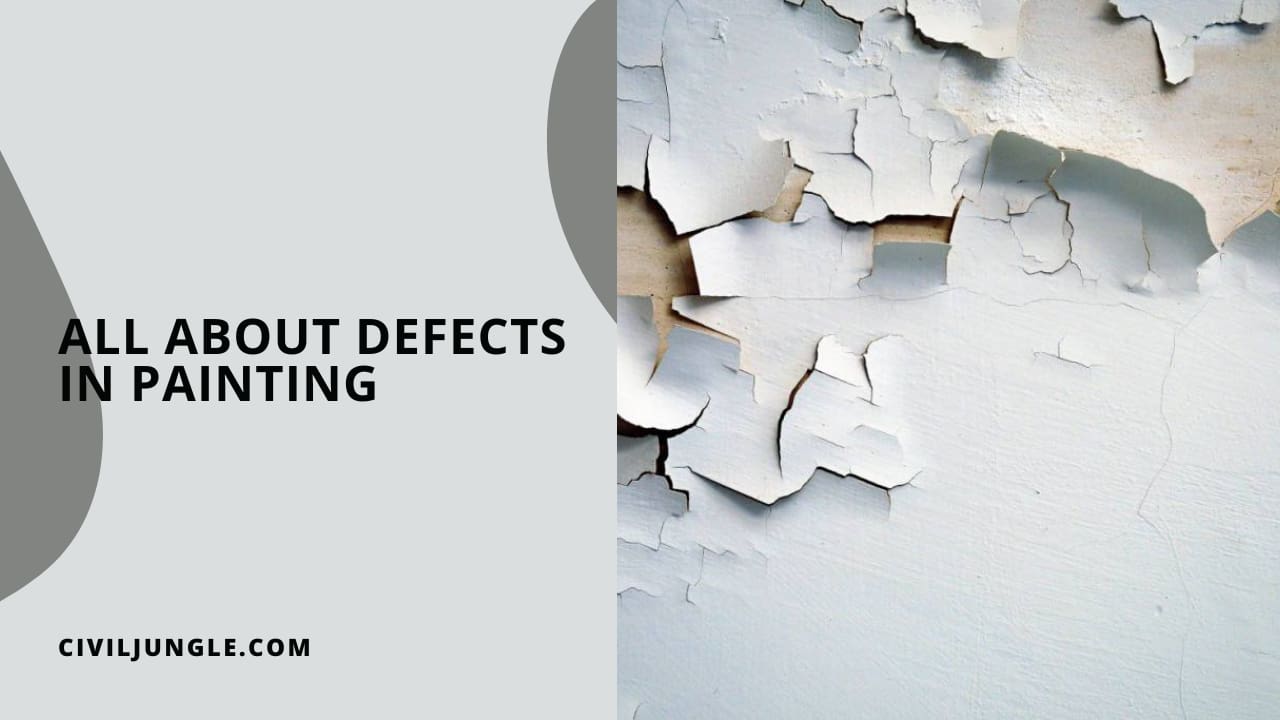
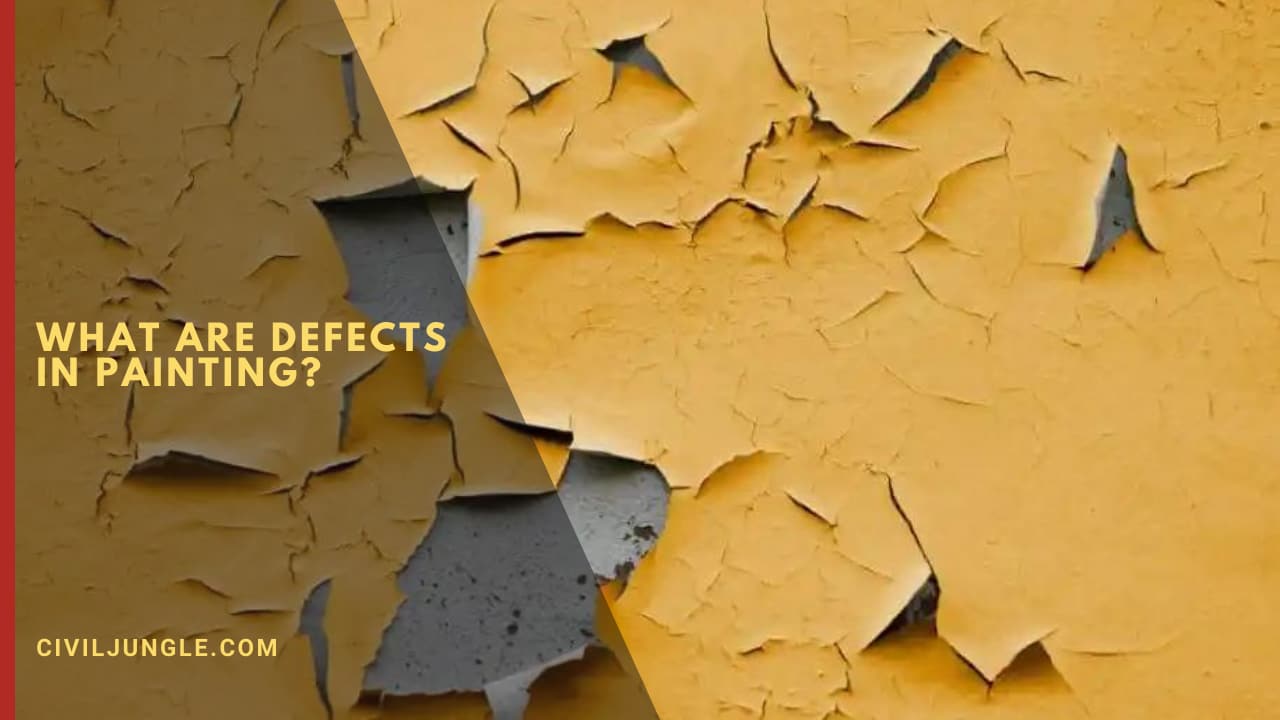
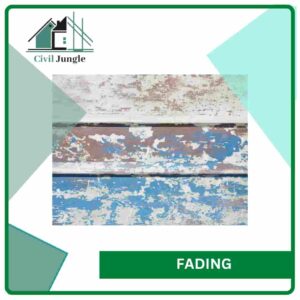
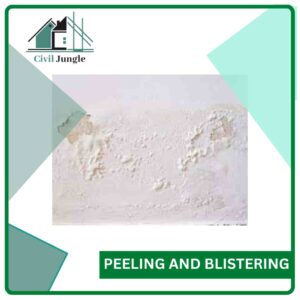
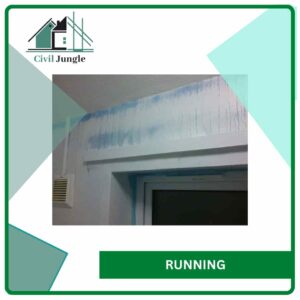
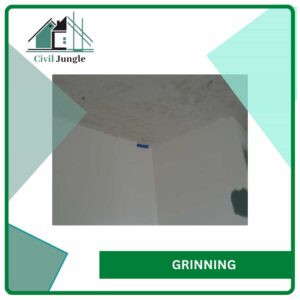
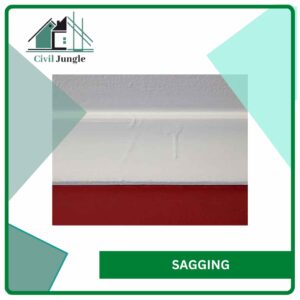
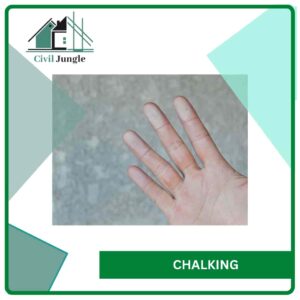
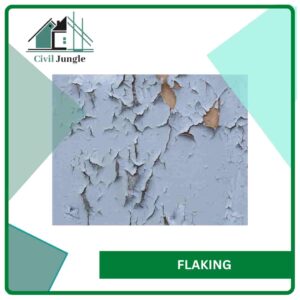
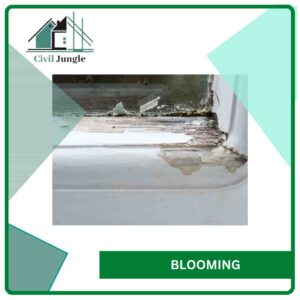
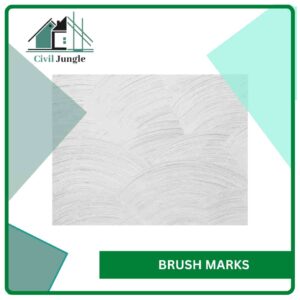
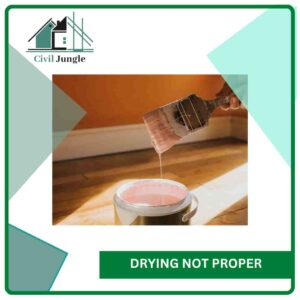
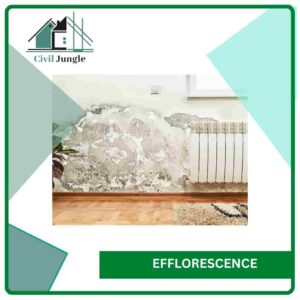


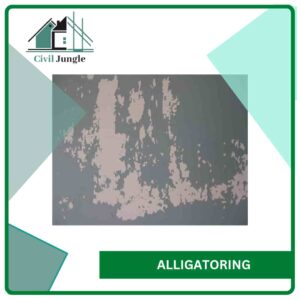
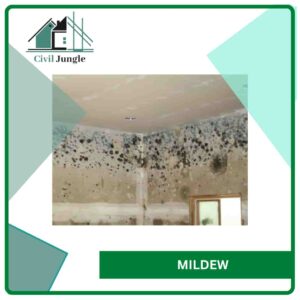
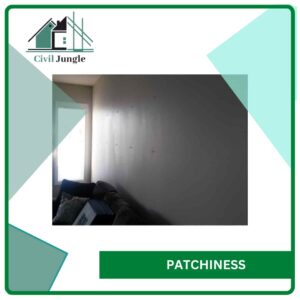
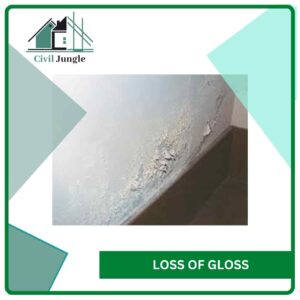
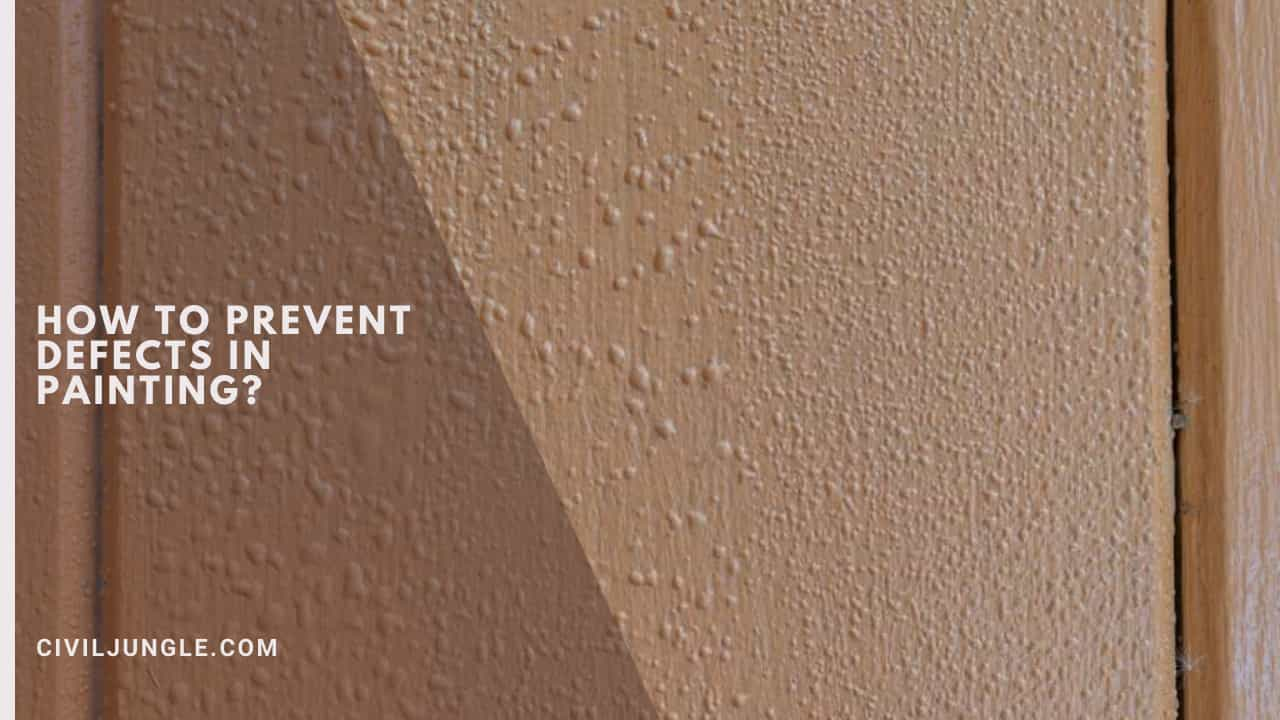
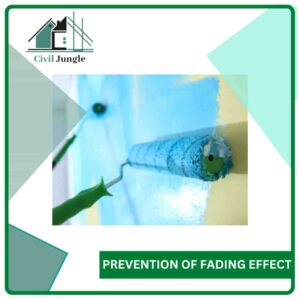
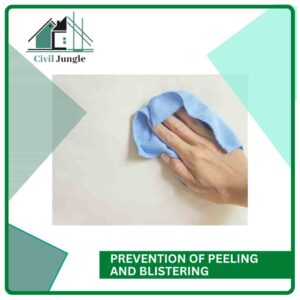

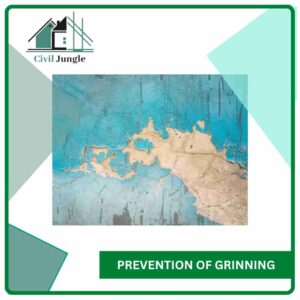
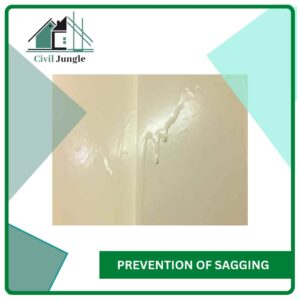
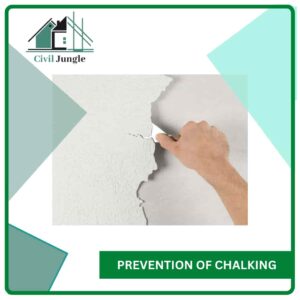
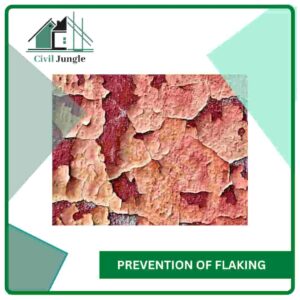

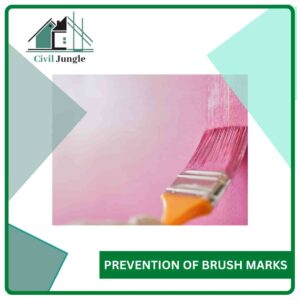
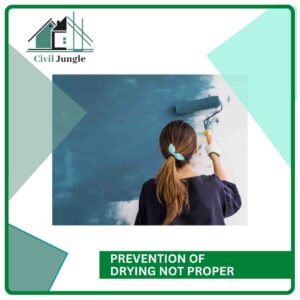
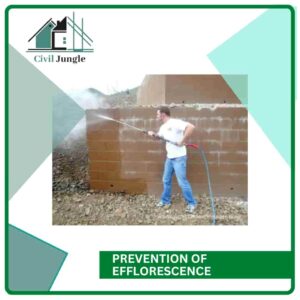

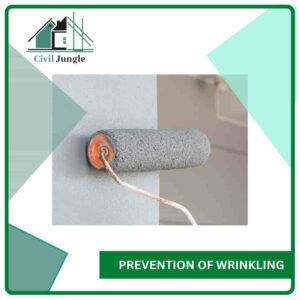
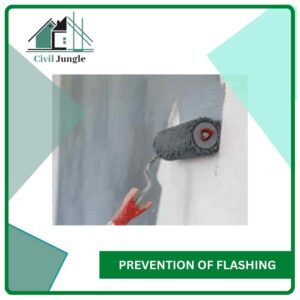
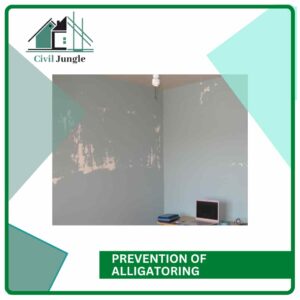
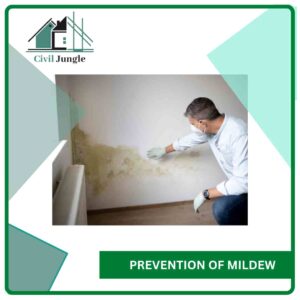
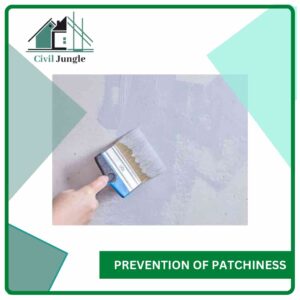


Leave a Reply